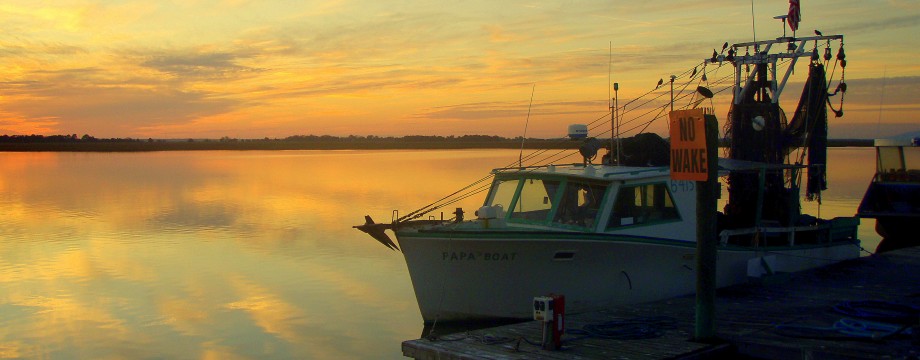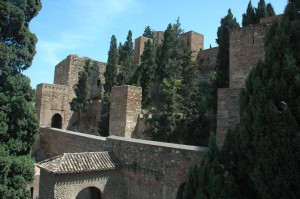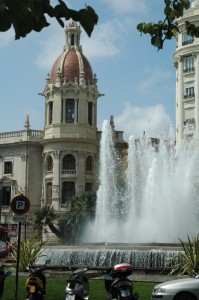Malaga and Valencia, Spain: April 14 & 15, 2011
Though vastly different in size and scope, Malaga and Valencia share the warmth found on Spain’s Mediterranean coast.
Often successive ports of call for sea going cruise guests, these dynamic cities can easily pass by in a blur. Take time to see the sights and indulge in some local cuisine in order to fully appreciate the locales.
Both cities radiate from bullrings and monumental cathedrals, but from there the differences are stark. Taking it’s prominence by way of tourism, Malaga is commonly known as the capital of Costa Del Sol, a holiday haven of the Mediterranean, whereas Valencia ranks as Spain’s third largest city with an important economical role in port trade and finance while agriculture thrives just outside the city limits.
Malaga however, stands apart with an ancient fortress towering above the skyline. At the city’s highest point, Malaga’s Alcazaba and Gibralfaro stand guard over aging plazas and modern advancements. A palace of Moorish origin, the Alcazaba is connected by a garden of royal value to the imposing Gibralfaro, or citadel, perched on a hilltop overlooking the city. This sprawling, labyrinthinecomplex dates back to the 11th century. In continuous excavation adjacent to the Alcazaba, lies a 1st century Roman theatre which remained hidden beneath the city until 1951.
Among the medieval plazas of Malaga, lies the Plaza de Merced. At 15 Plaza de Merced lies the birthplace of Pablo Picasso and his childhood home until his family moved out of the area. A foundation exists in the building for the preservation of the home, hosting a permanent exhibit of personal effects along with traveling exhibits of his work.
Valencia boasts national attractions in the areas of culture, education and art including the renown City of Arts and Sciences drawing 4 million annual visitors. In a shining achievement of urban planning, Valencia transformed their main water supply, the Turia River which was prone to flooding, into an expansive public park, recreation facility and gardens. After a deadly flood in the 1950s, Turia was diverted and the fertile river bed now stretches 5 and a half miles through the city providing walking and biking trails, fountains, gardens, soccer fields and dog parks for residents and guests.
Showcasing Valencia’s historical grandeur is the gothic building that once was home to a bustling silk market. Now a UNESCO World Heritage site, the Silk Market is adorned with gargoyles and arching domes throughout main market. A connected garden and adjoining rooms include breathtaking design and intricate detail.
Each city, deserving of extensive exploration, must at times be hurried through as life tends to demand. Although enough time will never be had to see each site in full detail, slow down long enough to smell the jasmine in the Alcazaba and the orange blossoms of Valencia. In enjoyment of each moment comes fulfillment and with that comes success in travel and in life.






